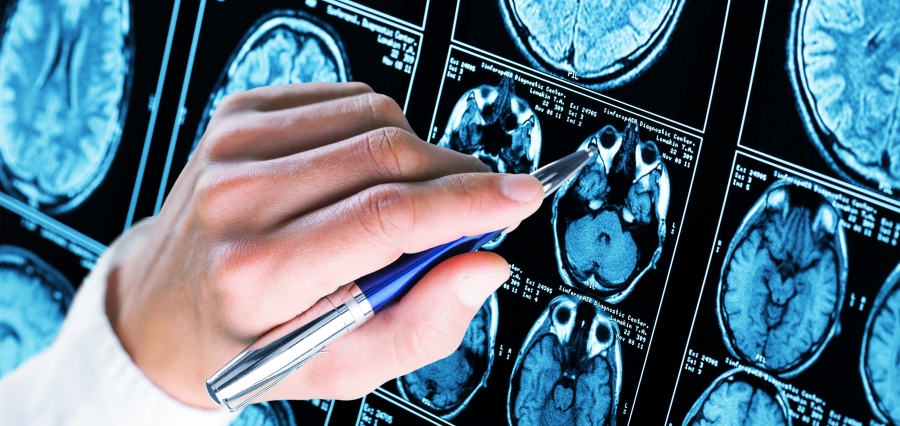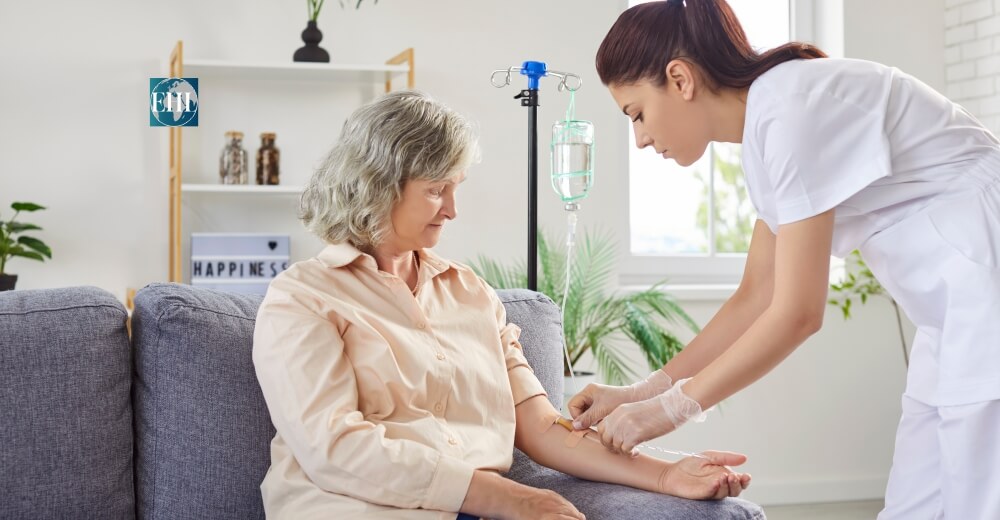Navigating Health Literacy
Health literacy holds great importance in enabling the individual to make informed choices related to their health. In Croatia, which is a country with a mostly robust healthcare structure, the body of health literacy involves both problems and possibilities. According to the World Health Organization, health literacy is defined as the capacity to access, understand, and apply information for better health decision-making. Under such circumstances, the region has to face some special challenges, brought to another dimension by aging the population, by increasing chronic diseases, and by changes in the health sector.
This article raises issues on present-day health literacy in Croatia, its problems, and possible answers that can consolidate the communication link connecting patients and practitioners.
Challenges in Health Literacy
1. Aging Population
In Croatia, the aging population is at a rate with more than 20 percent of its citizens ageing to 65 years and above. Most factors that hinder healthy aging into old age include a decline in cognitive functions and a lowered understanding of new technologies, among other aspects, such as interpretation of jargon medical terminology. An older population usually has several chronic conditions that have to be treated through more complex modes of communication.
2. Regional Disparities
Croatia experiences notable regional disparities in healthcare access, especially between urban and rural locales. Those living in rural areas frequently encounter obstacles when seeking healthcare services, a situation that compounds the challenges surrounding health literacy.
3. Complex Healthcare System
The healthcare system in Croatia is highly centralized. Therefore, the criticism typically calls on a bureaucratic nature of the system. Indeed, it is hard for patients to find their way through insurance and referrals and access specialty care. For many people with low health literacy, it becomes cumbersome to find the way to a given care, identify what their insurance covers, and understand how to follow up on referrals.
4. Language and Cultural Barriers
Although Croatia is considered a homogeneous country, there are still differences in language and culture-differences most particularly between the Roma community and other immigrants.
Potential Solutions
1. Improving Digital Health Literacy
In this digital age, the Croatian nation is faced with an urgent need for building up people’s digital health literacy, especially with regard to its older citizens. Government initiatives that make training in digital skills available could be invaluable in enabling the elderly to access online health services and participate in telemedicine.
The scope of work may include workshops and community training programs or one-to-one tutorials guiding individuals through obtaining health information, booking appointments online, and handling electronic health records.
Further, healthcare providers can make better online platforms through the simplification of interfaces and on simplifiable, non-technical wording of content. Health apps and websites need to be created with sensitivity to demographics, so that it is accessible to people of all technological savvy.
2. Health Education in Schools
Building a health-literate population is an early approach toward prevention. Inserting health literacy into the national curriculum will help raise a generation that can take proper care of its health. Croatian schools should introduce nutrition, physical health, mental health, and knowledge of navigating the healthcare system. This long-term solution has the potential to reduce healthcare burdens by encouraging preventive care at the earliest.
Empowering students with the knowledge to control and direct their health, Croatia can ensure that generations to come approach their care proactively, reducing the intensity required of interventions in the future.
3. Community Health Workers
Community health workers would also reduce the gap between clients and providers in underserved areas, especially in rural areas. They tend to be local liaisons that provide culturally appropriate health education and help people understand their treatment plans. Other than that, they assist the patients through the complex healthcare system so that patients receive care at the right time.
Community health workers have been demonstrated to be efficient at enhancing health outcomes within different populations around the globe. By importing this model to Croatia, the country will not only open more avenues of healthcare but also increase health literacy among rural residents.
4. Simplifying Communication Between Providers and Patients
Healthcare providers are central to helping raise health literacy by using simple, straightforward language so that patients really understand their diagnoses and treatment plans. Education programs for health professionals should focus on the use of plain language, visuals, and teach-back approaches to check back with the patients to confirm their understanding.
They can offer leaflets which distill all the salient information in lay terms, usually accompanied by some useful illustrations and pictures to aid interpretation. This will be especially helpful for geriatric patients or mentally handicapped people who may not likely recall overwhelming medical information.
Conclusion
Despite an apparently healthy functioning health system, there are still many gaps and low levels of health literacy in an effective management of health for most people. Opportunities include aging populations, regional disparities, and system complexity which would all directly affect health literacy of all demographics.
It is important to introduce health education in schools, community health workers to improve health literacy in the population and enhance the effectiveness of healthcare delivery for better health outcomes. Improving health literacy will be instrumental in enabling the Croatian people to make good health decisions and help in creating a healthier, empowered society.









